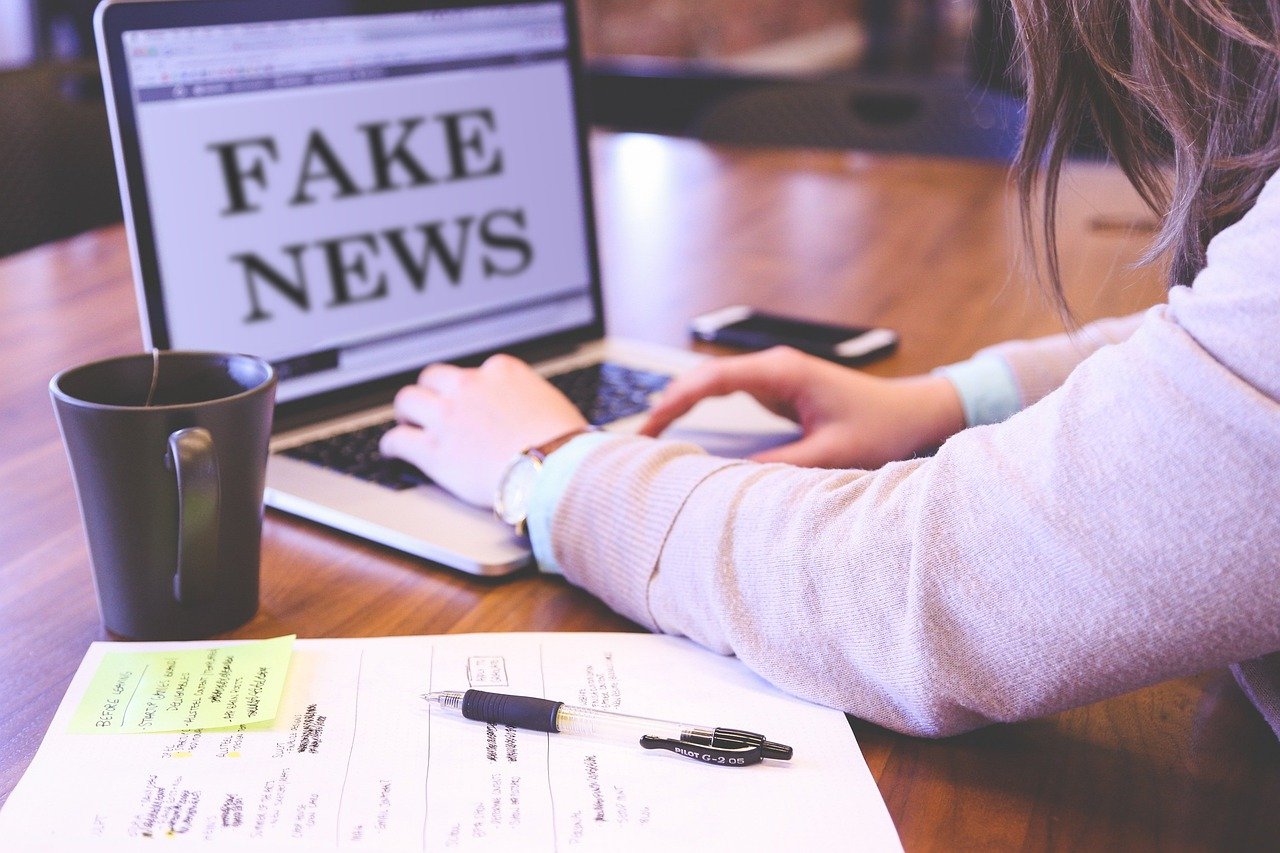Learning Objectives
- Reflect on and analyse what are the typical elements and features of fake news.
- Develop some skills and useful strategies to spot fake news.
Resources needed
- Internet connection.
Warning!
You can try out all activities and excercises, but you can't save any data. Please login or create a free account to save your data.
Exercise 1: Starting from your own experience
Let’s turn to the concept itself of “fake news”. Please answer the following questions:
Why do you think fake news items are created and spread?
Have you ever read an article that turned out to be fake news? If so, where did you find it? In what language was it written? What was the article about? What made you recognise it as fake news rather than reliable information?
How aware do you think your students are of fake news? Why do you think this?
To what extent is the topic of fake news and critical literacy addressed in your curricula?
Exercise 2: Hunting for a definition

Now search on the internet for a definition of fake news. Paste in the box below the definition that you consider most clear and comprehensive. Did you learn something new about fake news that you didn't know? If so, what?
Exercise 3: The point of view of academia
Read carefully the following definitions of “fake news”.
What is the main feature of the phenomenon which is particularly emphasised by all the authors mentioned above?
All authors emphasise that fake news is deliberately and meticulously created to be very similar in terms of formatting, design and content to real news. Such a strategy allows the creators of fake news to confuse, deceive and manipulate readers, and to disseminate more easily false information which appears to be true. This phenomenon makes the development of critical thinking and reading even more necessary, as it is not always easy to realise that what we are reading does not correspond to reality, or at least not completely.
Exercise 4: Survival skills against fake news
Visit the following website which gives some tips to spot fake news (https://www.mindtools.com/pages/article/fake-news.htm).
Were there any tips you found particularly useful? Can you put them in order from the most important to the least? Please refer to the numbering of the tips given in the text.
| Labels | Ranking |
|---|---|
| Develop a Critical Mindset | |
| Check the Source | |
| See Who Else Is Reporting the Story | |
| Examine the Evidence | |
| Don't Take Images at Face Value | |
| Check That it "Sounds Right" |
